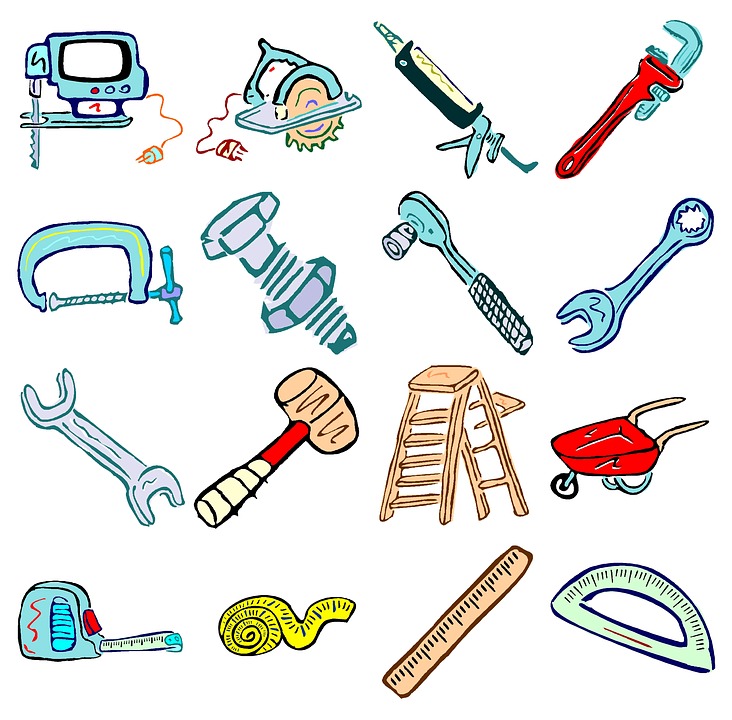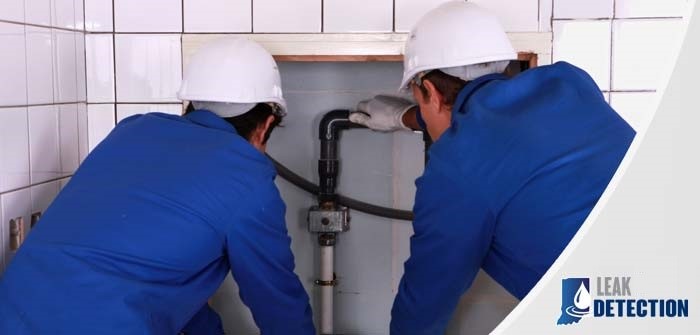Once you decide on doing home improvement, it’s a good idea to make a list of tools you’ll need, such as draw benches, which can help craft more efficient custom piping. If the main purpose of doing home improvement is for your own comfort, the possibilities are wide open. If you plan on weatherizing your home to make it more energy efficient, here are concepts and tools to consider for your home improvement workshop.
Useful Home Improvement Tools
- hammers, screw drivers, pliers, adjustable crescent wrenches
- portable circular saw
- hack saw
- cordless nail gun
- extension cords
- tape measure (25 ft)
- air compressor
- step ladder
- manometer
- draft gauge
- moisture meter
- caulking tool kit
Start with a Home Energy Audit
The first important step in weatherizing your home is to hire a certified energy auditor to conduct a home energy audit, which will identify where your home is losing energy efficiency. Your local utility company may be able to recommend such an auditor. This audit will also reveal whether or not you need to improve health and safety issues in your home. Using computer software, the audit is broken down into two parts: home assessment and analysis.
The keys to home weatherization and saving money involve improving the conditions of your ventilation and insulation. According to the U.S. Department of Energy, you can cut energy costs by up to 30% if you take the steps to upgrade efficiency, as determined by your home energy audit. The audit involves the following:
- analysis of past energy bills
- interior and exterior visual inspection
- inspection of electrical and combustion systems
- blower door test
- comprehensive analysis of findings
Looking for Leaks and Moisture
Air leaks and water leaks are crucial to spot in the inspection process. These leaks can occur around outlets, fixtures, doors and windows. Part of the inspection process should be to make certain that all doors and windows are free of leaks. Major air leaks can occur in chimney bypasses, recessed lighting and HVAC ducts.
It’s particularly important to make sure there is no water leakage in the attic. Water damage takes on a life of its own, leading to degraded materials and the spread of mold. Sometimes all it takes is a crack in a shingle for water to begin seeping through roofing layers. If this situation is neglected and not caught at an early stage, it can lead to widespread damage.
A blower door test detects air leaks using a special fan to depressurize a structure. These tests are conducted before and after air sealing to ensure air-tight conditions. Identifying leaks is a primary objective so that you can prioritize which parts of the home need the most work.
Checking Draft vs. Air Flow
Air must flow freely throughout your home for ventilation to work safely and properly. Dirty air filters can restrict airflow and waste energy. By checking the air filters once a month you should be able to prevent dirt and debris from building up. Draft, on the other hand, is more related to leaks in doors and windows. You can create your own fixture to block drafts under doorways, such as with towels or blankets.
Deciding on Weatherization Solutions
The key to weatherizing your home might be as simple as caulking and weatherstripping. If the home is older it may need better insulation, which may cost thousands of dollars. A new roof is even more expensive. That’s why you should have a professional contractor evaluate your home first to decide if you need repair or complete renovation. Insulating your pipes is a proactive step to cutting water heating costs. You may need your ducts to be sealed if too much air is escaping through them.
Conclusion
Ultimately, your energy audit and your budget will determine how much home improvement work you do. By having the right tools and knowledge you can save plenty of money on simple home improvement work. When it comes to work that’s outside of your scope, however, it’s best to rely on experienced contractors, who have deeper training. Contact a home improvement contractor if you have further questions on weatherizing your home.
Related Posts

Loves home. I am here to provide how to make your home a much better place. 🙂 Blogging about HomeDecor, Home Improvements and more.












